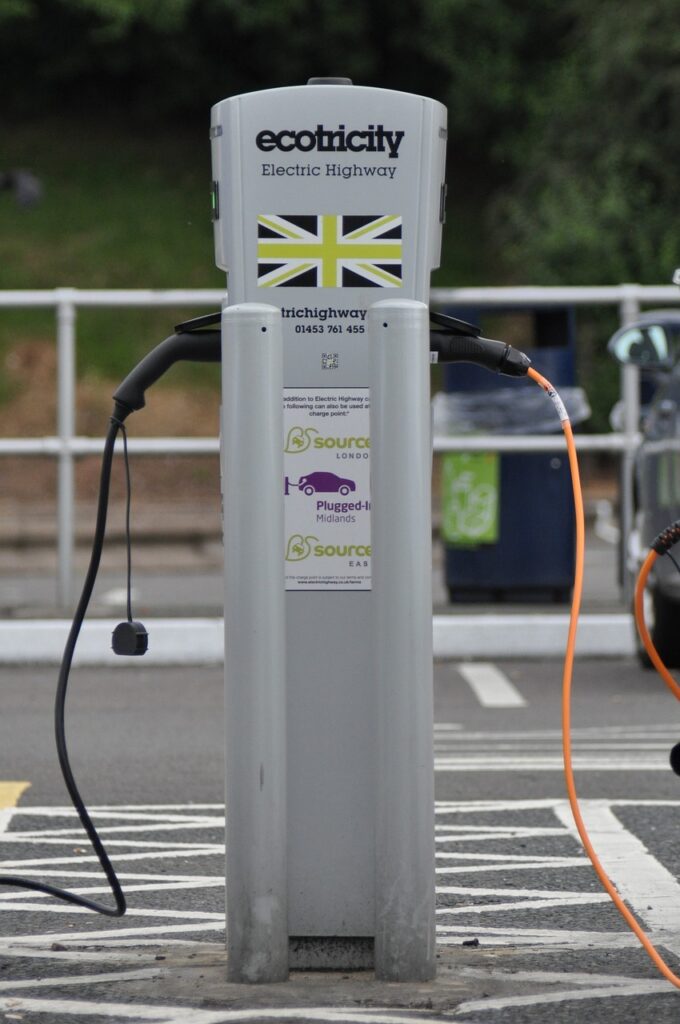2550mm ADR certification ECE Electric vehicle Emission Euro 6 Euro VI EV battery fuel cell importing MOPED – 2 Wheel Moped-3 wheels MOTOR CYCLE MOTOR TRICYCLE new ADRs Passenger seat Process ROVER SEAT Special purpose vehicles SPV Truck width zero-emission 国标 澳大利亚
This post outlines how to get electric vehicles compliant with ADR certification.
As the world shifts towards more sustainable and eco-friendly transportation options, electric vehicles (EVs) have emerged as a popular alternative to traditional internal combustion engine (ICE) vehicles. However, as with any new technology, there are specific safety and performance standards that must be met for EVs to be sold and operated on public roads. In Australia, these standards are governed by the Australian Design Rules (ADRs), a set of national standards that specify the minimum safety, anti-theft, and emissions requirements for new vehicles. In this article, we will discuss the ADR requirements for electric vehicles.

ADRs Applicable to Electric Vehicles
The ADRs that apply to electric vehicles are largely the same as those that apply to ICE vehicles. However, there are some additional requirements specific to electric vehicles due to their unique characteristics. Below are some of the ADRs that electric vehicles must comply with:
- ADR 3/04 – Seatbelts and Seatbelt Anchorages: This standard specifies the requirements for seatbelts and seatbelt anchorages for all vehicles, including electric vehicles.
- ADR 18/03 – Instrumentation: This standard specifies the requirements for the instruments and indicators that must be fitted to a vehicle. For electric vehicles, this includes instruments that display battery charge levels, motor performance, and regenerative braking functions.
- ADR 21/02 – Brake Systems for Passenger Cars: This standard specifies the requirements for the braking system for passenger cars, including electric vehicles.
- ADR 23/03 – Fuel Systems: This standard specifies the requirements for the fuel systems of vehicles, including electric vehicles.
- ADR 30/01 – Tyre Selection and Rims: This standard specifies the requirements for tyre selection and rims for all vehicles, including electric vehicles.
- ADR 35/07 – Electronic Stability Control Systems: This standard specifies the requirements for electronic stability control (ESC) systems for passenger cars and light commercial vehicles up to 4.5 tonnes GVM (gross vehicle mass). Electric vehicles must comply with this standard.
- ADR 81/02 – Emission Control for Light Vehicles: This standard specifies the requirements for exhaust emissions from light vehicles, including electric vehicles.
- ADR 83/04 – Brake Assist Systems: This standard specifies the requirements for brake assist systems for all vehicles, including electric vehicles.
Additional ADRs may also apply to specific components of electric vehicles, such as their batteries or electric motors. For example, ADR 37/01 specifies the requirements for batteries and battery chargers for electric vehicles.
Electric Vehicle Specific Requirements
As mentioned earlier, electric vehicles have unique characteristics that require additional safety and performance requirements. Below are some of the specific ADR requirements that apply to electric vehicles:
- High Voltage Safety: Electric vehicles have high voltage batteries that require special safety considerations. ADR 42/04 – General Safety Requirements for Road Vehicles specifies the requirements for high voltage safety systems, including electrical insulation, emergency shut-off systems, and warning labels.
- Noise Requirements: Electric vehicles are quieter than ICE vehicles, which can pose a risk to pedestrians and other road users. ADR 68/00 – External Noise of Vehicles specifies the minimum noise level that electric vehicles must produce to alert other road users.
- Battery Safety: Electric vehicle batteries have unique safety requirements due to their high energy density. ADR 37/01 – Battery Electric Vehicle Requirements specifies the requirements for battery safety, including electrical isolation, thermal management, and crash protection.
- Regenerative Braking: Electric vehicles use regenerative braking to recover energy and extend their range. ADR 21/02 specifies the requirements for regenerative braking systems, including warning systems to alert the driver to reduced braking performance.

In conclusion, the ADR requirements for electric vehicles are comprehensive and cover a range of safety and environmental concerns. Any business or individual seeking to import or manufacture electric vehicles in Australia must comply with these regulations to ensure the safety and reliability of their products. It is important to stay up to date with any changes or updates to these regulations, as the industry continues to evolve and develop.
Working with a trusted and experienced certification and testing service provider can help businesses navigate the complex requirements of ADR and ensure that their electric vehicles meet all necessary standards. From design and engineering to testing and certification, these services can provide comprehensive support to businesses looking to enter the Australian market with electric vehicles.
As electric vehicles become increasingly popular and more common on Australian roads, it is essential that they meet the highest safety and environmental standards. By complying with ADR regulations, businesses can help build a safer and more sustainable future for transportation in Australia.
